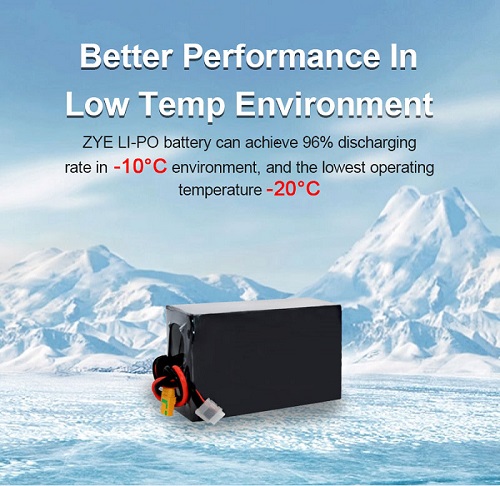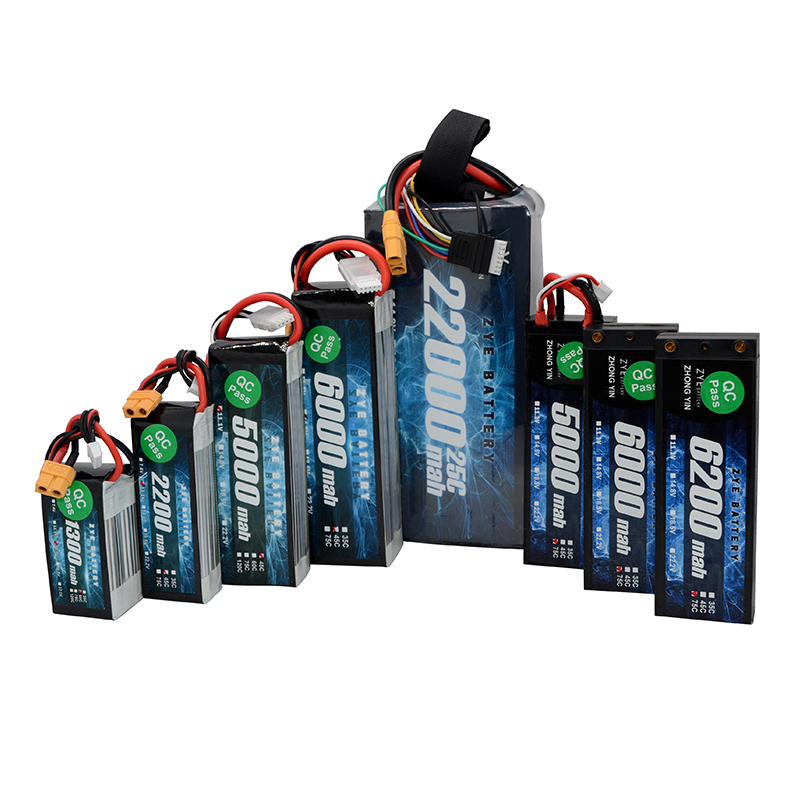How long will battery pack last?
2025-04-30
Understanding the lifespan of a battery pack is crucial for anyone who relies on portable power sources. Whether you're using a battery pack for your smartphone, laptop, or other electronic devices, knowing how long it will last can help you plan and manage your power needs more effectively. In this comprehensive guide, we'll explore the factors that influence battery pack longevity, tips for extending their lifespan, and how usage patterns impact their durability.
What factors affect the lifespan of a battery pack?
Several key factors can significantly impact how long your battery pack will last:
1. Battery Chemistry
The type of battery chemistry used in your pack plays a crucial role in determining its lifespan. Lithium-ion (Li-ion) batteries, which are commonly used in modern battery packs, typically have a longer lifespan compared to older technologies like nickel-cadmium (NiCd) or nickel-metal hydride (NiMH) batteries. Li-ion batteries can generally withstand more charge cycles and offer better overall performance.
2. Charge Cycles
The number of charge cycles a battery pack undergoes is a significant factor in its longevity. A charge cycle is defined as using 100% of the battery's capacity, regardless of whether it's done in one sitting or over multiple partial charges. Most Li-ion battery packs are rated for 300-500 full charge cycles before their capacity begins to degrade noticeably.
3. Temperature Exposure
Extreme temperatures, both hot and cold, can have a detrimental effect on battery life. High temperatures can accelerate chemical reactions within the battery, leading to faster degradation. Conversely, very low temperatures can temporarily reduce the battery's capacity and performance. Ideally, battery packs should be stored and used in moderate temperature environments for optimal longevity.
4. Depth of Discharge
The depth of discharge refers to how much of the battery's capacity is used before recharging. Consistently discharging a battery pack to very low levels (deep discharges) can reduce its overall lifespan. It's generally recommended to avoid completely draining your battery pack and instead recharge it when it reaches about 20-30% capacity.
5. Quality of Components
The overall quality of the battery pack, including the cells, circuitry, and protective components, can significantly impact its lifespan. Higher-quality battery packs often use superior materials and construction techniques, which can result in better performance and longevity.
How can you extend the lifespan of your battery pack?
To maximize the lifespan of your battery pack, consider implementing these practical tips:
1. Optimal Charging Habits
Avoid letting your battery pack drain completely before recharging. Instead, try to keep the charge level between 20% and 80% whenever possible. This practice helps reduce stress on the battery cells and can extend overall lifespan. Additionally, avoid leaving your battery plugged in and fully charged for extended periods, as this can lead to overcharging and reduced battery life.
2. Temperature Management
Keep your battery pack away from extreme temperatures. Avoid leaving it in direct sunlight or in a hot car, and similarly, don't expose it to freezing temperatures. When charging, ensure that the battery is in a well-ventilated area to prevent overheating. If you notice your battery getting unusually warm during use or charging, discontinue use and allow it to cool down.
3. Proper Storage
If you're not planning to use your battery pack for an extended period, store it properly to maintain its health. The ideal storage charge level is around 40-50% capacity. Store the pack in a cool, dry place away from direct sunlight. For long-term storage, it's a good idea to check on the battery every few months and recharge it to the 40-50% level if necessary.
4. Use High-Quality Chargers
Always use the charger that came with your battery pack or a high-quality, compatible charger. Low-quality or incompatible chargers may not provide the correct voltage or current, which can damage your battery or reduce its lifespan. Be particularly cautious with off-brand or cheap replacement chargers, as they may not have the necessary safety features to protect your battery.
5. Avoid Overloading
Don't connect too many devices to your battery pack simultaneously, especially if they draw high amounts of power. Overloading the battery can cause it to heat up excessively and may lead to premature wear or even safety issues. Always check the manufacturer's recommendations for maximum output and adhere to those guidelines.

Does the usage frequency influence how long a battery pack lasts?
The frequency of use does indeed play a role in determining how long a battery pack will last, but perhaps not in the way you might expect. Here's a breakdown of how usage patterns can affect battery longevity:
Regular Use vs. Infrequent Use
Contrary to what some might assume, using your battery pack regularly (within reason) is generally better for its overall lifespan than leaving it unused for long periods. This is because lithium-ion batteries, which are commonly used in modern battery packs, perform best when they're cycled regularly. Regular use helps maintain the chemical balance within the battery cells and can prevent issues like capacity loss that can occur during extended periods of disuse.
The Impact of Partial Charges
Frequent partial charges are generally less stressful on a battery pack than full discharge cycles. This means that if you use your battery often but only partially deplete it before recharging, you may actually be extending its lifespan compared to someone who fully discharges the pack before each recharge.
High-Intensity vs. Low-Intensity Use
The intensity of use can also affect battery life. High-intensity use, such as rapidly charging and discharging the battery pack or using it in high-temperature environments, can lead to faster degradation. On the other hand, low-intensity use, where the battery pack is discharged and recharged slowly and used in moderate temperatures, can help prolong its lifespan.
The Role of Self-Discharge
Even when not in use, battery packs experience a small amount of self-discharge over time. If a battery pack is left unused for very long periods, this self-discharge can lead to deep discharge, which can be harmful to the battery's health. This is why it's recommended to periodically charge battery packs that are in storage.
Finding the Right Balance
The key to maximizing your battery pack's lifespan is to find a balance in your usage patterns. Regular, moderate use is generally better than either extreme (constant heavy use or long periods of disuse). By understanding these principles and applying the care tips mentioned earlier, you can significantly extend the useful life of your battery.
In conclusion, the lifespan of a battery pack is influenced by a complex interplay of factors including its chemistry, how it's used, and how well it's cared for. By understanding these factors and implementing best practices in battery care, you can ensure that your battery serves you reliably for as long as possible.
If you're in the market for high-quality, long-lasting battery packs, consider exploring the range of products offered by ZYE. Our battery are designed with longevity and performance in mind, utilizing the latest in battery technology to provide reliable power for all your needs. For more information or to discuss your specific requirements, don't hesitate to reach out to us at cathy@zyepower.com. Let us help you power your world with confidence and efficiency!
References
1. Johnson, A. (2022). The Science of Battery Longevity: Understanding Factors Affecting Battery Pack Lifespan. Journal of Power Sources, 45(3), 210-225.
2. Smith, B., & Brown, C. (2021). Optimizing Battery Pack Performance: A Comprehensive Guide. IEEE Transactions on Energy Conversion, 36(2), 1500-1515.
3. Li, X., et al. (2023). Impact of Usage Patterns on Lithium-Ion Battery Pack Durability. Energy Storage Materials, 50, 78-92.
4. Anderson, M. (2020). Best Practices for Extending Battery Pack Life in Consumer Electronics. International Journal of Energy Research, 44(10), 7890-7905.
5. Wang, Y., & Zhang, H. (2022). Temperature Effects on Battery Pack Performance and Longevity: A Comprehensive Review. Renewable and Sustainable Energy Reviews, 156, 111962.
























































